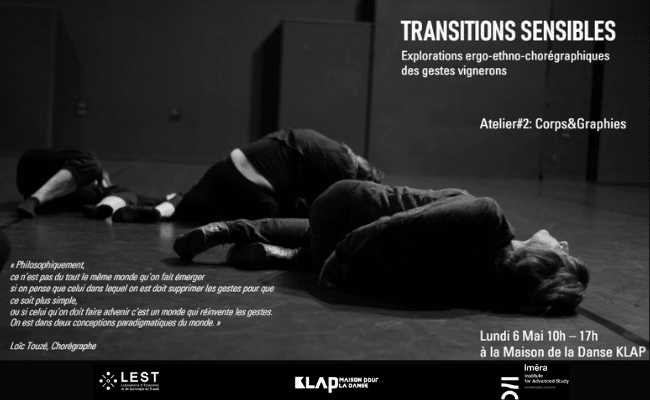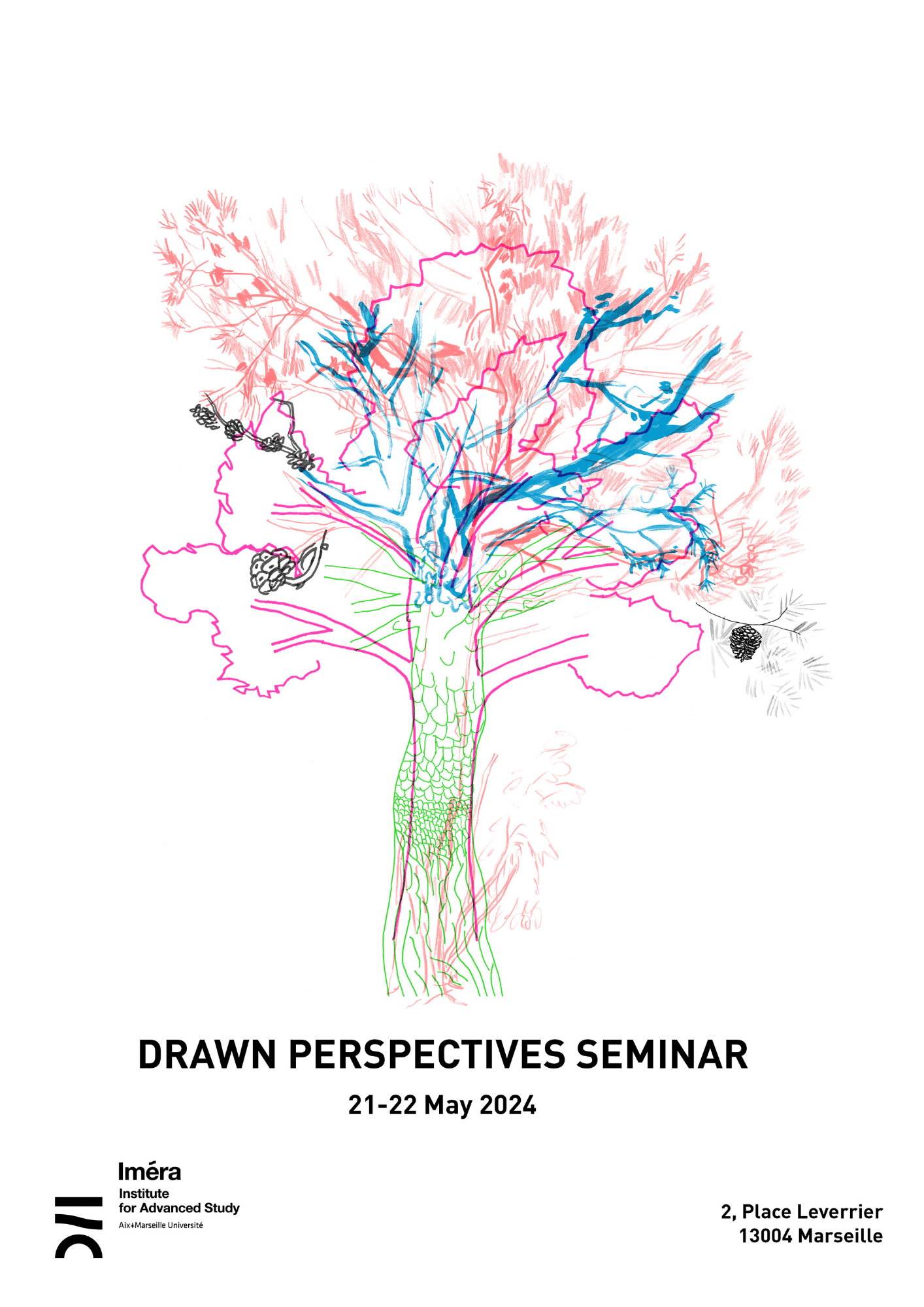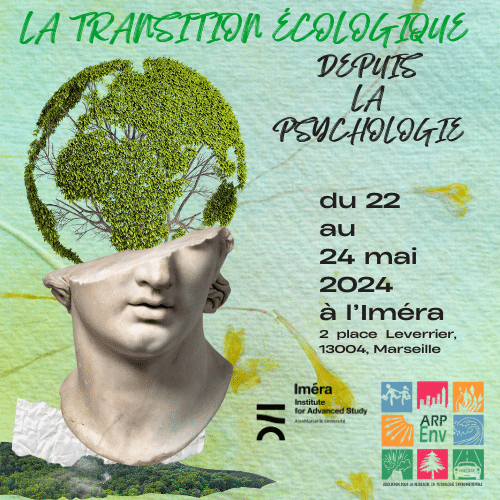From June 1st, the 3rd exhibition of the curatorial project Xanadu will take place, led by the artists in residence at Iméra in 2022-23, Jeff Guess and Christophe Bruno, both artists and fellows at the Iméra.

The group exhibition, Lovelace, proposes a multiscalar incursion into a world that has become a latticework of invisible connections. The artists’ works delve into a series of gestures, from painstakingly manual to fully automated, such as folding, binding, weaving or entangling. While certain works indexicallly point to material origins or hidden histories, and others evoke an erotics of algebraical patterns, it becomes clear that this world is deeply intertwingled.
Useful information:
Exhibition venue: Iméra – Maison des Astronomes (2 place Leverrier, 13004 Marseille)
Programming:
Thursday 1 June: Opening and Conference-Performance from 6pm to 9pm.
Friday 2 June: exhibition on free visit from 10am to 6pm.
Saturday 3 June to Wednesday 7 June: only open by invitation: info (at) xanadu (dot) institute
Wednesday 7 June: Picnic finishing 1pm – 6pm.
With contribution of: Cécile Babiole, Astrid de la Chapelle, Lia Giraud, Nadia Lagati, Nicolas Maigret, Benjamin Mouly et Jean-Baptiste Sauvage
Loops of the loom (Cécile Babiole, 2023)
Loops of the loom is a project made up of multiple sound pieces woven from electrical wires. These wires are capable of carrying audio signals, so these weavings are also sound pieces and give us the opportunity to hear the musical score formed by the intertwined wires.
Flip capriciously (Astrid de la Chapelle, 2023)
Flip Capriciously is a work in charcoal that reinterprets a drawing of an erratum found in Ted Nelson’s visionary book Dream Machines / Computer Lib, written half a century beforehand.
Hyperlinks matter (Lia Giraud, 2023)
Hyperlinks matter focuses on the invisible materials that connect us or that we share in the intimacy of a relationship. Collected since 2017 within the domestic space, the residual dust and “dust bunnies” produced on a daily basis have been preserved and compacted, quantifying the sedimentations and interweavings of a couple’s life.
Simonetta de l’Estaque (Nadia Lagati, 2016)
Embroidered stories: anonymous characters are transfigured and brought back to life through a variety of techniques, including embroidery, assemblage, sewing and beading. The project is inspired both by a personal collection made in Marseille and by photos found on trips to Portugal, Italy, Turkey, Japan and India. The work reinvents new narratives while also underlining the invisible links that unite us, attempting to catch a few moments of dignity in the act.
War Zone (Nicolas Maigret, 2014)
War Zone reconstitutes three missile trajectories with a subjective camera within the program Google Earth by using historical data. This project focuses on reminding modern-day technologies of their past by highlighting the clues to their military origins. In the case at hand, the attention is centred on missile history – missiles being the precursor of the space programme and of the launching into orbit of satellites whose shots and mapping capabilities we now use on a daily basis.
Finissime piegature (Benjamin Mouly, 2023)
Finissime piegature is a set of edible sculptures made of powdered sugar which dress the exhibition space. Between amuse-bouche and trompe-l’oeil, it is an ambiguous invitation for coalescence with one of the most delicious motifs of the baroque, the fold.
Horizons (Jean-Baptiste Sauvage, 2020)
A random combination of more than 2000 images of horizons made from the same point of view over a period of eight years. The Images that blend together contain an underlying part of the landscape that precedes it and emanate in the image to come to form an animated marine view, an artificial time which brings to mind the one of the first combination prints, The Great Wave by Gustave le Gray in 1857.
Cécile Babiole has been active internationally since the 1980s, first in the field of music, then in the electronic and digital arts. Her work combines visual and sound arts through installations and performances that question technologies with singularity and irony. In 2016, she co-founded, with Anne Laforet, the collective Roberte la Rousse, a cyber-feminist duo that works at the intersection of language, gender and technology.
Astrid de la Chapelle‘s artistic practice spans from film and drawing to publishing (editor of the science-fiction fanzine Futu), video and music (member of the groups Shrouded and the Dinner and Marmelade). Her artistic practice stems from a dynamic relationship with knowledge, and focuses on questions of narrative and the circulation of raw materials.
Lia Giraud (1985) is an artist with a doctorate in visual arts (SACRe/PSL) who teaches photography at the Beaux-Arts de Marseille (INSEAMM). Her installations explore the evolution of our conceptions of and relationships with the living, in a context marked by science and technology. Combining biological phenomena, technical gestures and imaging systems, her processual works interrogate our experience of the environment through a sensual and operative dialogue, in view of proposing new ecologies and visions of the living. Committed to the creation of interdisciplinary research ecosystems at the frontier of science and society, her projects generally involve researchers in the natural sciences, thinkers, artists and citizen communities.
Nadia Lagati is an artist and cook in Malmousque. Her work, which combines photography, painting and embroidery, explores the notion of a fantastic genealogy.
Nicolas Maigret is an artist-researcher. He co-founded disnovation.org with Maria Roszkowska in 2012 and has been signing his work within the collective ever since. The actions of this international working group lie at the interface of contemporary art, research and hacking. Their current work is part of the Post Growth project, which invites us to put the interweaving of the mechanisms of economic growth and contemporary ecosystemic crises into critical perspectives. With Nicolas Nova, they have recently co-edited A Bestiary of the Anthropocene, an atlas of hybrid creatures of anthropic origin, and The Pirate Book, an anthology on the piracy of cultural content.
Benjamin Mouly (Lyon, 1987) develops a multidisciplinary practice at the intersection of questions of the image. Using video, installation, photography or performance, he explores the interval between bodily and visual experiences of an unstable reality and standardised techniques of its capture. In his most recent works, he stages situations with birds, sugar or lard. These materials and unpredictable bodies become actors in relationships where the human presence is no longer the center. Within this space, each one’s position become unsettled and the resulting works often contain an incongruous or burlesque part.
Jean-Baptiste Sauvage (Saint-Étienne, 1977) lives and works in Marseille. Whether he borrows logos or patterns found in advertising to reinject them into the real, or relies on specific research such as for the Olt project, his work is most often developed from site specific gestures. His interventions can be deployed in the urban environment (like the series of murals he started in 2011), or in exhibition spaces. They are also extended through editorial projects (On Forme, in 2009, Razzle Dazzle / Blue Line, in 2014, Olt in 2019). He also favors collaborations with artists and graphic designers. The image, which he considers both as a medium and a tool, plays a central role in his work, the bearer of a reflection “on the ideologies and dysfunctions witnessed in the formalization and the ‘pictorialization’ of our living spaces” (Anne Giffon-Selle),
Loops of the loom by Cécile Babiole is a work in progress produced during her research residency at the Gamerz Lab.



